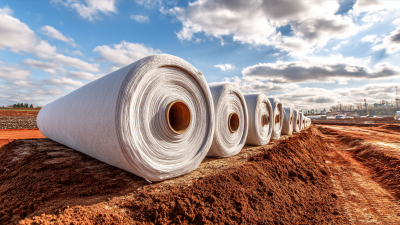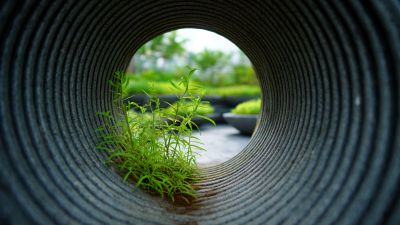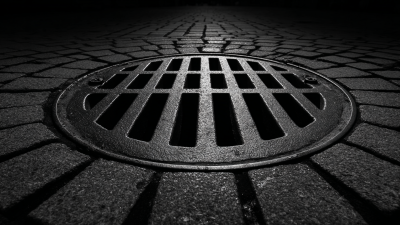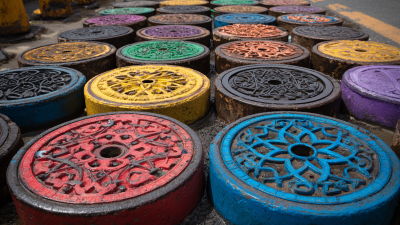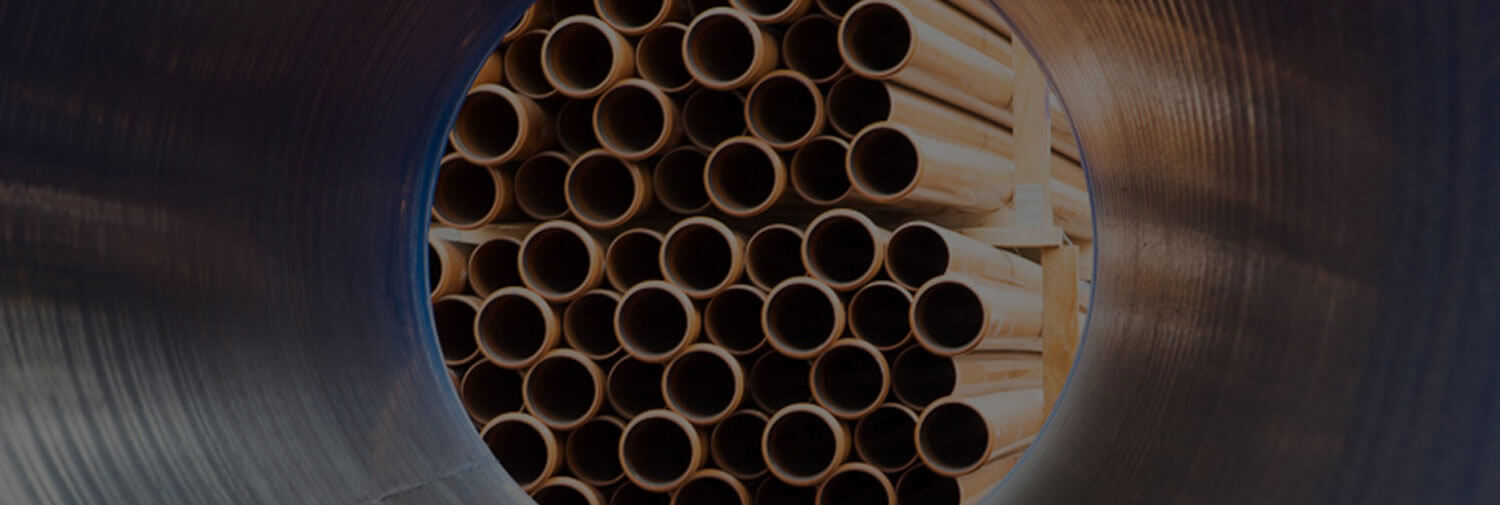

In recent years, the plumbing industry has witnessed a significant transformation driven by innovation and the need for increased efficiency, particularly in home renovations and construction. One of the standout solutions in this evolution is the emergence of flexible drain pipes, which have been reported to reduce installation time by up to 30%, according to a study by the American Plumbing Association. Furthermore, these innovative systems are designed to adapt to various layouts, minimizing the risk of blockages and ensuring optimal water flow. As more homeowners seek cost-effective and sustainable alternatives, the popularity of flexible drain pipes continues to rise, making them an essential component in modern plumbing solutions. Embracing these advancements not only streamlines installations but also enhances the overall performance of drain systems, establishing a new standard in residential plumbing.
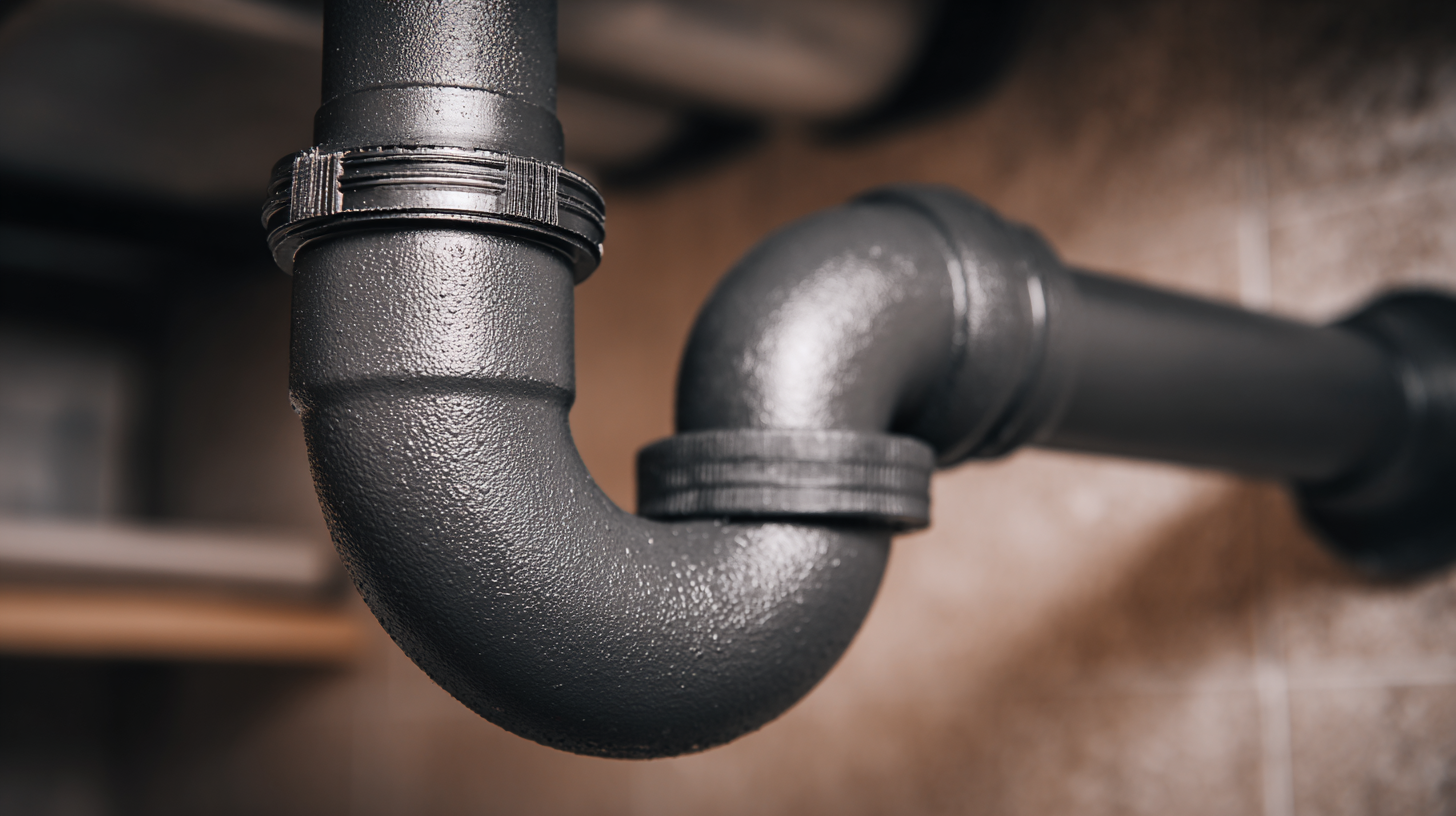
 Flexible drain pipe systems have become increasingly important in modern plumbing due to their versatility and ease of installation. Understanding the basics of these systems starts with recognizing the materials commonly used, such as PVC and other plastic composites, which offer significant advantages over traditional rigid pipes. Recent assessments highlight that PVC pipes not only demonstrate excellent durability and performance in various environmental conditions, but they also align with sustainability goals, thanks to their long lifespan and lower life cycle impact.
Flexible drain pipe systems have become increasingly important in modern plumbing due to their versatility and ease of installation. Understanding the basics of these systems starts with recognizing the materials commonly used, such as PVC and other plastic composites, which offer significant advantages over traditional rigid pipes. Recent assessments highlight that PVC pipes not only demonstrate excellent durability and performance in various environmental conditions, but they also align with sustainability goals, thanks to their long lifespan and lower life cycle impact.
A deeper dive into flexible drainage solutions reveals their application in agricultural settings, particularly through tile drainage systems. These systems facilitate better water management, which can enhance soil health and increase crop yields. By allowing excess water to drain away efficiently, farmers can protect their investment and improve productivity. As the agricultural sector continues to embrace innovative plumbing solutions, flexible pipe systems are playing a crucial role in maximizing land potential while maintaining environmental integrity.
When choosing flexible drain pipes, the material you select plays a crucial role in performance and durability. Options like PVC, rubber, and silicone each have distinct advantages and applications. PVC pipes are popular for their affordability and resistance to corrosion, making them ideal for various drainage solutions. On the other hand, rubber and silicone offer greater flexibility and resilience, enabling them to withstand high temperatures and extreme weather conditions, which is especially beneficial for outdoor plumbing systems.
Tips: When selecting flexible drain pipes, consider the specific needs of your plumbing system. For outdoor applications, opt for materials that can handle temperature fluctuations and exposure to the elements. Additionally, check the pipe's diameter and length to ensure compatibility with your current plumbing setup, preventing any unnecessary bends or kinks that could lead to clogs.
Ultimately, the right material can enhance the efficiency of your plumbing system, reduce the risk of leaks, and extend the lifespan of your pipes. Ensure to invest time in researching the best options tailored for your home before making a purchase.
Installing flexible drain pipes can significantly improve your plumbing system, allowing for easier modifications and repairs. This step-by-step guide will help you navigate the installation process with confidence. First, gather the necessary tools: a pipe cutter, a measuring tape, and a wrench. Ensure you have flexible drain pipes that are compatible with your existing plumbing.
Begin by measuring the sections where you plan to install the pipes. Cut the flexible drain pipe to the desired length, ensuring smooth edges for easier assembly. Connect the flexible pipes to your existing drainage system, making sure to secure each connection properly. It's essential to check for any leaks after installation; using plumber's tape can help create a watertight seal.
**Tips:** When working with flexible drain pipes, consider the angles at which you’ll be bending the pipes. Opt for gradual bends rather than sharp angles to maintain optimal water flow. Additionally, if you encounter stubborn joints, applying heat can help soften the material and facilitate easier connections. Finally, don’t rush the installation; take your time to ensure everything is aligned correctly for effective drainage.
| Thickness (mm) | Material | Flexibility Rating (1-10) | Cost per Meter ($) | Installation Difficulty (1-10) | Lifespan (Years) |
|---|---|---|---|---|---|
| 1.5 | PVC | 8 | 2.50 | 3 | 30 |
| 2.0 | Polyethylene | 9 | 3.00 | 5 | 25 |
| 1.0 | Rubber | 10 | 4.50 | 2 | 15 |
| 2.5 | Steel | 7 | 5.00 | 6 | 40 |
When it comes to installing flexible drain pipes, homeowners often make common mistakes that can lead to costly problems down the line. One critical error is failing to properly measure and cut the pipes. An incorrect length can result in awkward bends, leading to poor drainage and potential clogs. It's essential to take accurate measurements and ensure a snug fit during installation to promote optimal flow and avoid future issues.
Another frequent mistake involves overlooking the importance of securing the connections. Loose fittings can lead to leaks, which might not be immediately noticeable but can cause significant water damage over time. Make sure to follow the manufacturer's instructions for tightening and sealing connections. Additionally, be cautious about using flexible pipes in areas prone to high heat or extreme temperatures, as this can compromise their integrity. By avoiding these pitfalls, homeowners can enjoy the benefits of flexible drain pipes without encountering unnecessary headaches.
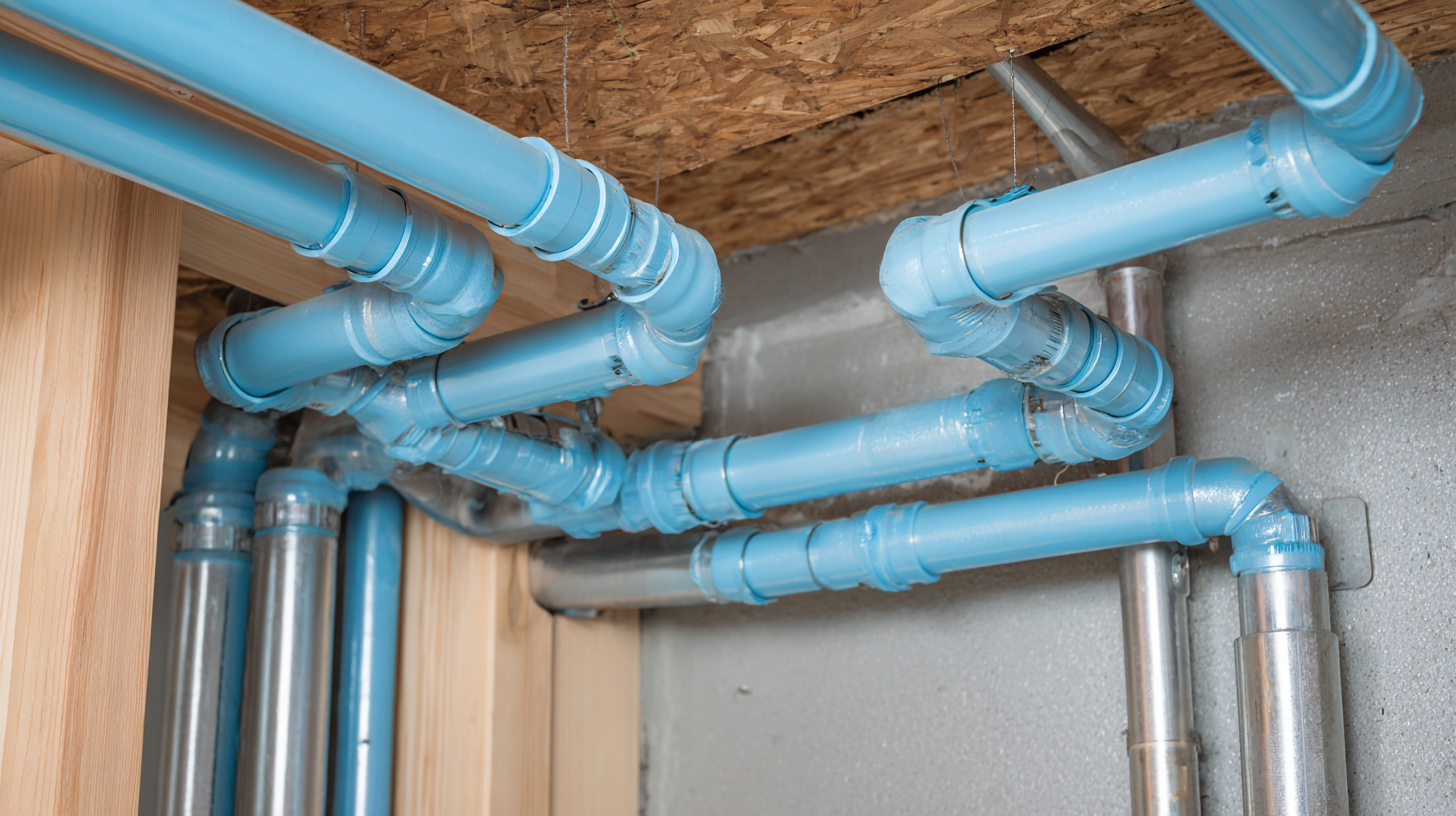
Flexible drain pipes have emerged as a revolutionary solution in home plumbing, providing homeowners with adaptability and ease of installation. However, even the most innovative systems require regular maintenance and troubleshooting to ensure optimal performance. According to the Plumbing-Heating-Cooling Contractors Association (PHCC), around 50% of plumbing issues stem from improper installations and maintenance. Regularly checking for clogs or leaks can significantly extend the life of your flexible drain pipes.
Tip: Schedule an annual inspection of your plumbing system to identify potential issues before they escalate. This proactive approach not only saves you money but also ensures peace of mind.
In troubleshooting flexible drain pipes, the most common problems include misaligned connections and blockages caused by debris. The National Association of Home Builders (NAHB) reports that homeowners should invest in high-quality, flexible materials to minimize these issues. When introducing new pipes, ensuring correct alignment during installation can prevent many future headaches.
Tip: If you encounter persistent clogs, consider using a plumbing snake or a high-pressure water jet to clear the blockage without damaging your flexible pipes. Regular maintenance and swift troubleshooting are key to enjoying the many benefits of flexible drain pipe solutions.

